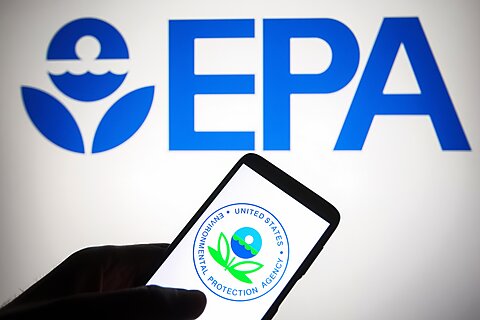Travis Fisher
The Environmental Protection Agency’s (EPA’s) greenhouse gas (GHG) rule for power plants was published in May 2023 and the original comment period closed in August. However, the EPA published a supplement to its original proposal, and that comment period just closed.
The full text of my comment in the EPA docket is available here.
The supplemental notice solicited comments on (1) reliability issues associated with the rulemaking and (2) EPA’s Initial Regulatory Flexibility Analysis (IRFA), which the EPA originally failed to publish but is required under the Regulatory Flexibility Act.
For short, let’s call this year’s proposal the Clean Power Plan 2.0 (CPP 2.0) because it’s the second effort by the EPA to promulgate a Clean Power Plan using section 111 of the Clean Air Act. The first effort started in 2014 and was ultimately overturned by the Supreme Court in the case West Virginia v. EPA.
Like the first CPP, the EPA’s selection of the best system of emission reduction (BSER) in CPP 2.0 is also arbitrary, capricious, and unsupported by the available data. The original plan was all about shifting generation, mostly from coal to renewables. The Supreme Court said that’s not authorized under the statute.
This time, EPA’s BSER includes burning low‐GHG hydrogen at natural gas‐fired power plants and using carbon capture and storage/sequestration (CCS). Neither technology is “adequately demonstrated,” as required by the Clean Air Act, and it is unclear whether the EPA will change course in its forthcoming final rule.
Developments since the original proposal was published—like the cancellations of offshore wind projects and carbon dioxide pipelines—have further eroded the justification for the EPA’s proposed BSER. They also raise concerns regarding whether the EPA has adequately assessed the CPP 2.0’s impacts on the cost and reliability of electricity.
In my comments, I urge the EPA to reconsider its proposal. The shortcomings of CPP 2.0 are so numerous and complicated that the best path forward is for the EPA to go back to the drawing board. At the bare minimum, the EPA should improve its rulemaking by issuing a new supplemental notice focused on developing an objective, accurate assessment of the rule’s impact on the cost of electricity.

